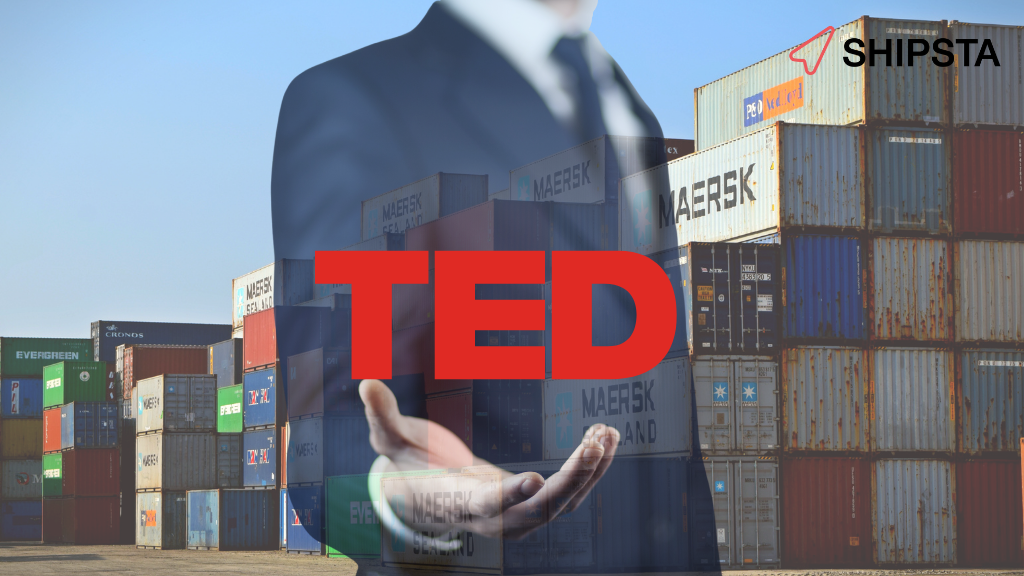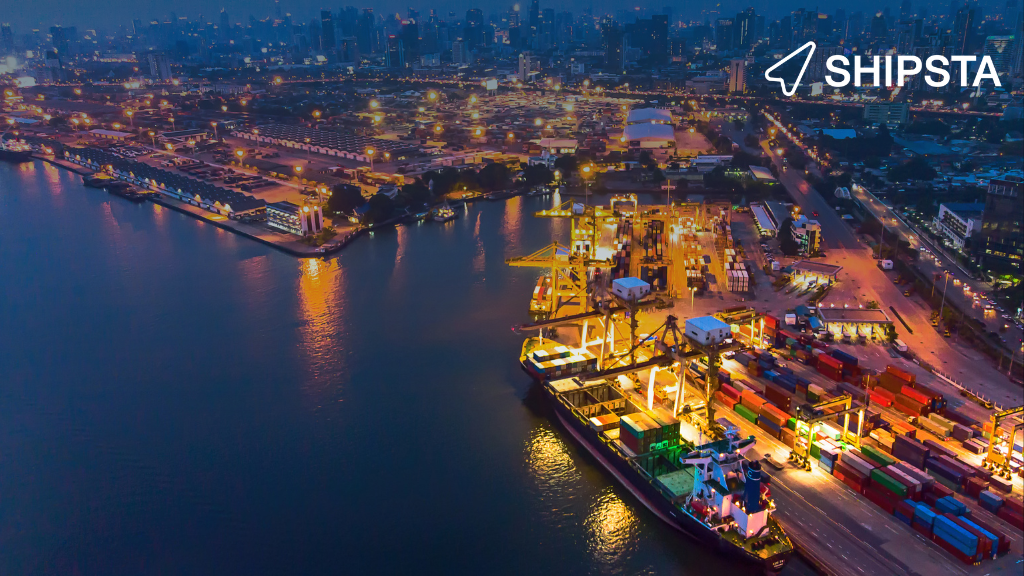Can you believe peak tender season is just around the corner? Time flies when you’re dealing with the most disruptive shipping market in a lifetime, huh!
But don’t get bogged down by the hand you were dealt in the last 12 months – if you prepare now, this year will be much smoother sailing.
Here are five ways to get prepared before peak season hits…
1. Review your results from last year
Your previous shipping results and historical freight data are the best tools in your arsenal to create a successful tender strategy this season. You can see what worked and what didn’t in recent years to learn how you should adjust your strategy.
Ask yourself these questions when looking back at your historical data so the answers can inform your next strategy:
- Which lanes had the most disruptions?
- Which carriers were your most reliable – and which were your least?
- Which carriers do you have a strong relationship with (and can confidently secure capacity from)?
- Which lanes were your most important – and how can you prioritise them this year?
- How many spot shipments did you make and should you have an agreed rate for these transports?
- How has your distribution network changed over the past year?
Asking yourself these questions will help you recognise what worked and what didn’t and ensure you build a more resilient strategy for the upcoming tender season.
2. Check the freight rate forecast
After the year we’ve all had, it feels like you can’t predict what’s on the horizon. However, forecasts about the market have remained fairly reliable over the last 12 months – so using current market predictions is a dependable source to build a successful strategy for this tender season.
So, what’s the forecast telling us?
Maritime research firm Drewry predict freight rates will continue to grow for the remainder of 2021 and into the beginning of 2022. Dry container rates are expected to stabilise while reefer freight is expected to continue to increase until at least mid-2022.
Naturally, predictions differ between different routes – so it’s worth taking a deep dive into the forecast for your key lanes and freight. Depending on the predictions for your specific lanes, you will need to adjust your tactics accordingly and choose the right tender strategy...
3. Choose the right tender strategy
With experts predicting rates will remain high and capacity tight, choosing the right strategy for your freight procurement is more important than ever.
Here are three smart strategies that will help you secure capacity and ensure your transports keep moving in this turbulent market:
- Run more sourcing events: Adjust to market changes flexibly to get optimal results by using a min-bid strategy.
- Simplify your tenders: Securing capacity is tough right now. Making your tenders less complex will attract more carriers to bid and increase your chances of getting the capacity you need.
- Implement index-based buying: Another way to deal with low shipping capacity is index-based buying. Agreeing with your carrier that you will pay the market rate and adjust it every month means you don’t need to negotiate frequently. This low-effort solution is attractive to carriers, so you’re more likely to secure capacity, and it ensures you’re always paying the market rate.
4. Plan for the unexpected
In an ideal world, your contracted rates would cover you in every situation, but this isn’t an ideal world – this is shipping! We all know that no matter how well you plan, something can always go wrong. In fact, we can expect even more port disruptions: Demand for port capacity is expected to outstrip planned port expansions by 100% over the next five years – leading to increased port congestion.
The unreliable nature of shipping means you need to set aside budget for spot shipments (even if budgets are tight this year) and put a standardised spot-buying process in place.
If you implement a standardised spot-buying process, you'll be prepared to instantly buy spot, no matter what the market throws at you. Plus, you can seamlessly track your spot buying results and create a smart data-driven strategy for the future.
Using a digital spot buying solution makes tracking your spot data truly effortless. If you want to digitise your spot buying, you can learn about our free solution here.
5. Focus on the positives
After the chaos of the last two years, you need to prepare mentally as well strategically for the year ahead. The good news is there are some real positives on the horizon to prepare you for a good year ahead...
- Forecasts indicate freight rates will start to level out
- The global vaccine rollout has had early success and Covid-related disruptions could be coming to an end
- Freight procurement technology is becoming increasingly advanced, making tendering and managing lanes easier than ever before.
And let’s be honest, if you made it through the last year and a half in shipping – there’s nothing you can’t handle!
An agile procurement strategy can make this tender season your best yet. Download the eBook below to learn everything you need to know about going agile in freight procurement.
About SHIPSTA
SHIPSTA powers smart logistics procurement with a digital platform that connects shippers and carriers to ensure a frictionless procurement process for spot and contract buying, entirely online. It automates complex tasks, provides unrivalled visibility and supports fast data-driven decision making.
Designed and built by experts in logistics procurement, SHIPSTA is bringing transparency, automation and efficiency to the global logistics industry. It is used by some of the world’s largest companies to respond to market volatility, control freight costs and manage risk. The company was founded in 2015 and is based in Mertert, Luxembourg and Hamburg, Germany.



